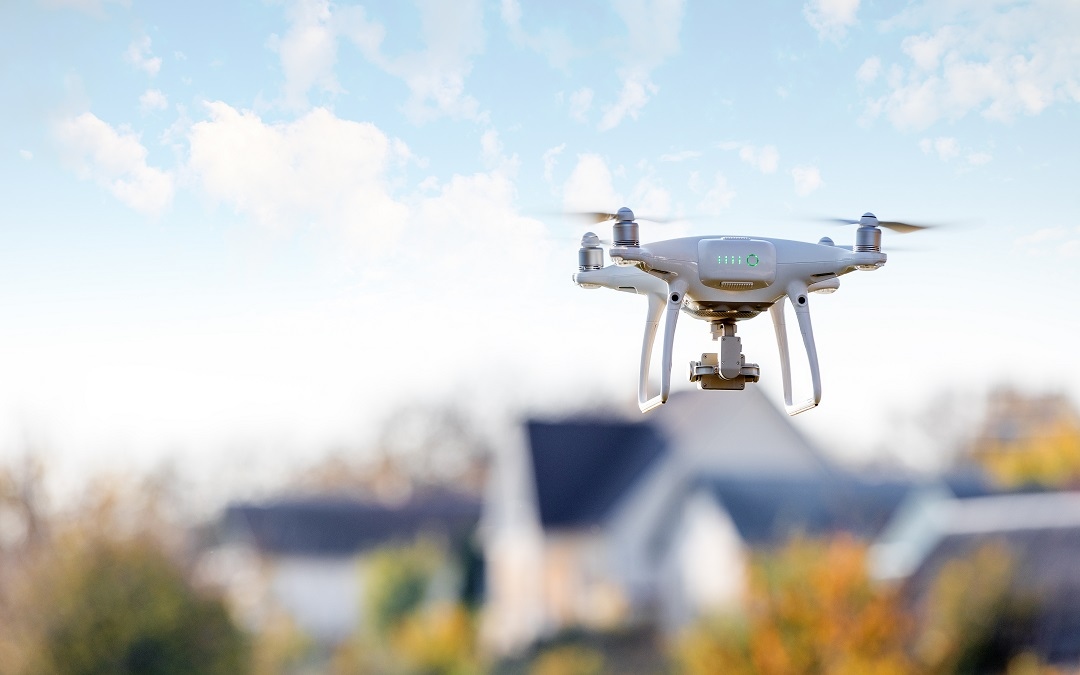Understanding Swarm Drone Technology
Swarm drones use advanced artificial intelligence (AI) and algorithms to coordinate the actions of hundreds or even thousands of small unmanned aerial vehicles (UAVs). These drones can self-organize, adjust to dynamic environments, and perform complex maneuvers without the need for a centralized controller. As they continue to evolve, the threat of swarm drones grows, becoming more difficult to detect and counter. The ability to adapt quickly and act in unison makes swarm drones a significant challenge, requiring improved defense strategies to adequately address the risk they pose.
The threat of swarm drones lies in their ability to overwhelm traditional defense systems, which are often designed to target and neutralize individual threats rather than coordinated multi-agent systems. In warfare, swarm drones can be deployed for surveillance, targeted attacks, or to create strategic diversions, all while evading detection and counterattacks due to their numbers and agility. From a security perspective, the potential misuse of swarm drones by hostile entities could obstruct important infrastructure, invade privacy, or even facilitate cyber-attacks by acting as airborne nodes in a distributed network.
The Evolution and Increasing Threat of Swarm Drones
Artificial intelligence, communication networks, and miniaturization have led to the development of autonomous swarm drones which have increased the threat to both national and international security, forcing a rethinking of traditional defense methods. With their ability to work together and adapt, swarm drones pose a unique challenge, overwhelming defense systems not equipped to handle coordinated attacks.
As swarm drone technology advances, the security threat grows, impacting nations globally. These drones can be used for military operations, surveillance, or disrupting infrastructure, posing risks to security. Their misuse could destabilize global security, making countermeasures necessary. Addressing the threat of swarm drones requires international cooperation, regulation, and innovation to protect against their growing impact.
Current Strategies for Swarm Drone Defense
As the threat of swarm drones continues to soar, the development of reliable drones swarm defense systems has become an urgent priority for military and security agencies worldwide. One of the primary methods employed is electronic warfare, which involves the use of advanced technologies to counterattack the communication and navigation systems of the drones. By targeting the control signals and GPS systems that swarm drones rely on, these electronic measures can strategically neutralize the threat by causing the drones to become disoriented or lose their ability to coordinate.
Jamming systems are also important in defending against drone swarms. They emit radio frequency signals that interfere with the communication channels used by the drones, disrupting their ability to operate intelligibly. Tactical responses are an important part of drone swarm defense, involving methods to intercept or disable drones. This includes using interceptor drones, ground-based defense systems, and directed energy weapons to target multiple UAVs at once. By combining these technologies and strategies, nations and organizations are working to create a strong plan to counter the threat of swarm drones, protecting critical infrastructure and maintaining security in a more complex threat environment.
Developing Robust Defenses Against Future Threats
Drones swarm defense must remain a chief priority for organizations aiming to protect their assets from this evolving threat. The focus is on developing systems that can anticipate and counter the advanced capabilities of drone swarms, using the latest in AI, machine learning, and networked systems. By improving real-time detection and response capabilities, defense strategies can adapt faster to the unpredictable movements and tactics of swarm drones, guaranteeing resilient protection against potential breaches.
International and cross-sector collaboration is important for sharing resources and intelligence, creating a comprehensive approach to addressing the threat of swarm drones in future defense. By promoting continuous innovation, nations and organizations can strengthen defenses to address current weaknesses and anticipate future developments in drone swarm technology.
Implications for Policy and Regulation
As technology advances and the potential for misuse increases, the threat of swarm drones requires a coordinated approach to regulation. This involves establishing international cooperation to share intelligence and technological innovations, creating a collective defense against the risks posed by drone swarms. It also requires aligning regulatory measures across borders to achieve successful enforcement and compliance, especially regarding export controls, licensing, and monitoring dual-use technologies that could be used for hostile purposes.
Drone regulations must address the ethical concerns of swarm drone operations, including privacy, surveillance, and potential collateral damage. Policymakers need to balance the benefits of drone technology with public safety and national security, creating adaptable legal frameworks. This involves clear guidelines for drone swarm use, accountability mechanisms for misuse, and promoting defense innovations to counteract these threats. By prioritizing comprehensive policies, nations can mitigate the threat of swarm drones and ensure technology is adequately regulated. Ethical considerations are necessary to maintain public trust and ensure drones benefit society.


Recent Comments